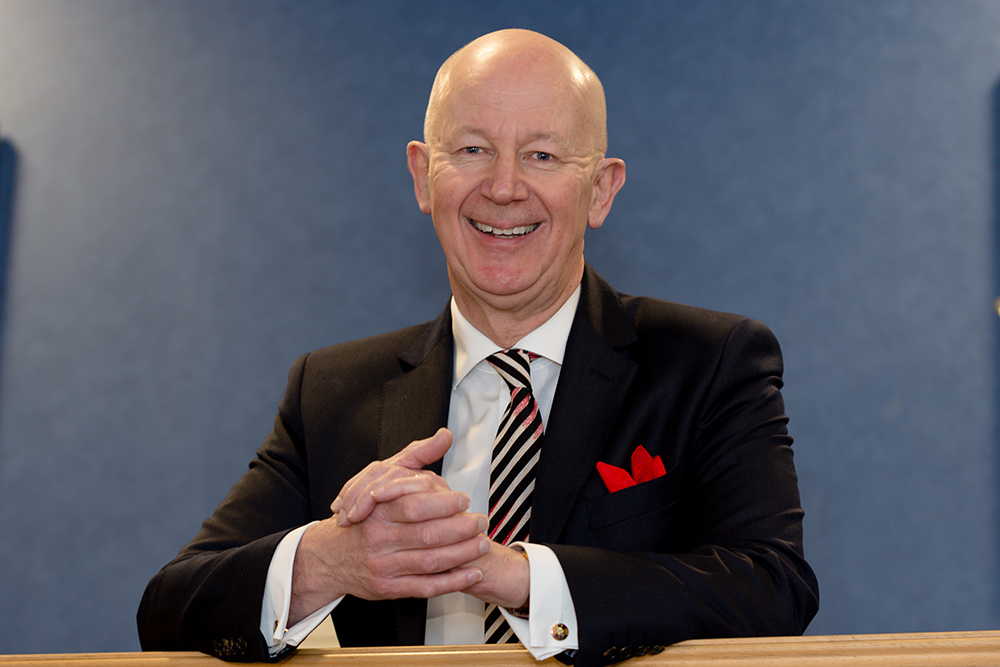Inappropriate Sinus Tachycardia
What is inappropriate sinus tachycardia (IST)?
Inappropriate Sinus Tachycardia (IST) is a form of dysautonomia causing an abnormally high resting heart rate for no obvious reason. It is estimated to affect about 1 in 100 people – usually young women.
Heart rhythm tracings in IST look normal, but are faster than usual. This fast heart rhythm is called sinus tachycardia.
Like Postural Tachycardia Syndrome IST is underappreciated by many in the medical profession and many doctors mistakenly consider it to be a psychological condition. People with IST can find themselves increasingly disabled and may experience high levels of anxiety.
When sinus tachycardia is identified it is important to rule out other treatable conditions of this before making a diagnosis of IST. It is important to distinguish IST from PoTS
It is very important to recognize that however disabling symptoms may be IST is not a life threatening disorder and lifespan is normal with no increased risk of serious conditions such as strokes or heart attacks.
Causes:
Unfortunately, to date nobody knows. It may be that people with IST are very sensitive to adrenaline. Perhaps the sinus node, which controls heart rate, is structurally abnormal.
There sometimes appears to be a degree of autonomic dysfunction, similar to that seen in Postural Tachycardia Syndrome (PoTS). Hence IST is frequently mistaken for PoTS.
Symptoms:
IST is not a life threatening condition. Most IST patients are otherwise completely healthy, but some people with it have multiple, incapacitating symptoms including:
Fatigue
Palpitations
Shortness of breath
Exercise intolerance – heart rate will rapidly increase on minimal exertion
Blurred vision
Dizziness / lightheadedness
Syncope / presyncope
Sweating
Diagnosis:
Resting heart rate> 100bpm is usually (but not always) present
Average 24h ECG heart rate >90bpm
Inappropriate heart rate response to exercise. It may reach 150bpm on minimal exertion
IST is a diagnosis of exclusion. Other causes of sinus tachycardia must be excluded including infection, fever, anaemia, dehydration, hypotension, hyperthyroidism, excessive alcohol, caffeine or tobacco, illegal drug usage such as cocaine, medications such as salbutamol, heart failure, autonomic neuropathy and phaeochromocytoma .
Also, causes of rapid regular heart rate, other than sinus tachycardia, need to be excluded including SVT and atrial tachycardia.
Treatment:
In some people the best thing is to wait and see how things develop. IST may improve on its own, particularly after reassurance that there is no serious underlying problem.
Controlling the heart rate with medication in asymptomatic patients with IST is not recommended because the treatment may be worse than the syndrome itself.
Unfortunately, controlling the heart rate with medication in symptomatic patients with IST does not necessarily eliminate symptoms.
Many medications have been tried for patients with IST, but these have not been well tested, and can cause symptoms worse that IST itself.
Beta-blockers, such as Bisoprolol, are often tried first, with calcium channel blockers, such as Diltiazem, an alternative. Neither is especially effective. More recently Ivabradine has been tried, with promising results.
Where there is associated autonomic dysfunction compression hosiery, Fludrocortisone, Midodrine, and Serotonin- reuptake inhibitors (SSRIs) have all been used with varying effects.
Cognitive behavioural therapy (CBT):
CBT has had some success in helping a patient come to terms with IST, and help manage their lives.
Ablation:
Ablation of the sinus node (either to modify the node or destroy it completely) has been used with some success, but the effect is variable and may not be long-lasting Ablation carries its own risks, and is generally not recommended.


